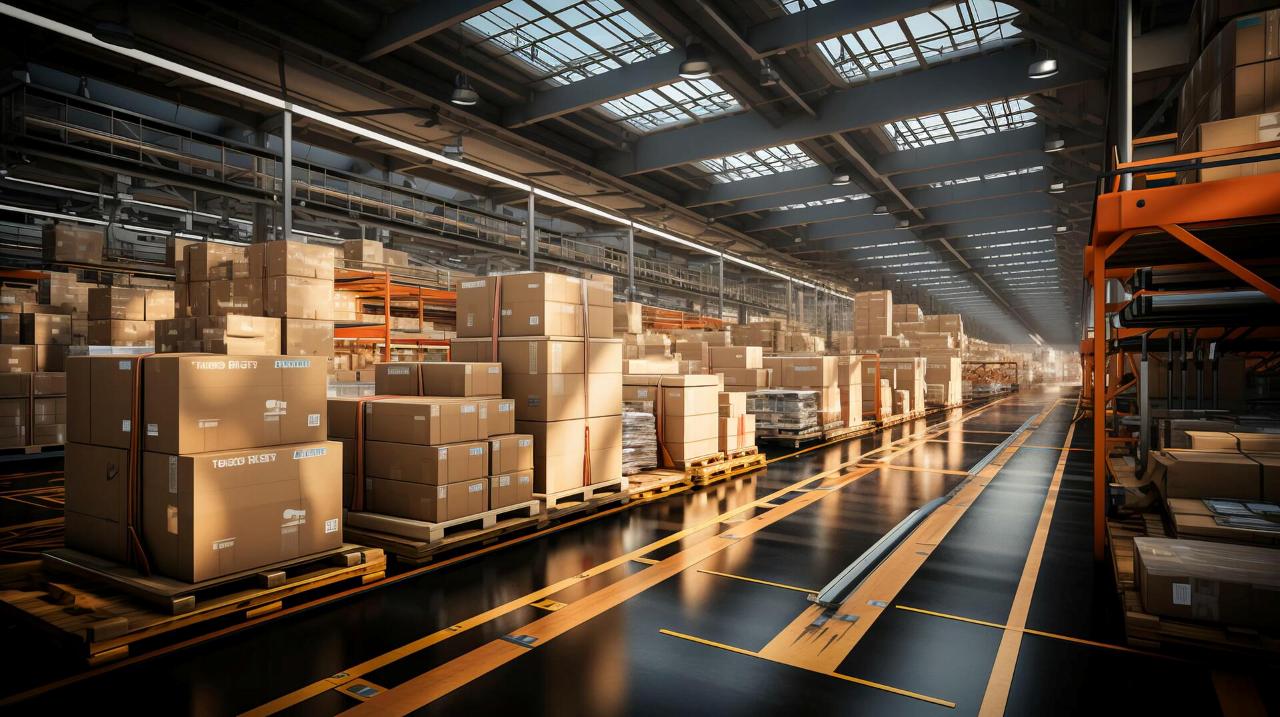What is Logistics?

10/02/2025
When you order something online and it arrives the next day, have you ever wondered about the journey it took to reach your doorstep? That seamless delivery experience doesn't happen by accident – it's the result of logistics at work.
Understanding Logistics
Logistics is the backbone of modern commerce that most of us take for granted. It's the careful orchestration of moving products from suppliers to customers, making sure everything arrives where it needs to be, when it needs to be there. From your weekly supermarket shop to the international shipping of manufacturing components, logistics keeps our world running.
You might not think about it often, but logistics impacts nearly every aspect of our daily lives. That new mobile phone in your pocket? Logistics got it there. The fresh produce in your fridge? Logistics again.
Key Components of Logistics
Supply chain management brings together all the moving parts of product creation and delivery, connecting manufacturers, suppliers, and retailers in one cohesive network.
Inventory management strikes the delicate balance between having enough stock to meet demand without wasting money on excess inventory gathering dust.
Transportation determines how goods travel from A to B – whether by lorry, train, plane, or ship, and which routes make the most sense for speed and cost.
Warehousing offers strategic storage solutions that go beyond simply housing products – including sophisticated order picking, packaging, and distribution operations.
Importance of Logistics in Modern Business
In today's fast-paced market, efficient logistics isn't just nice to have – it's absolutely essential. When you're expecting next-day delivery as standard and tracking packages in real-time, you're experiencing the customer-facing benefits of advanced logistics systems.
For businesses, strong logistics capabilities can be the difference between thriving and merely surviving. Companies that optimise their logistics enjoy lower operational costs, faster delivery times, and happier customers. In fact, logistics excellence often becomes a competitive advantage that's difficult for rivals to replicate.
For this reason, many businesses choose to work with a top-rated 3PL logistics provider to access expertise and infrastructure without massive capital investment.
How Logistics Works: Step-by-Step Process
Step 1: Procurement & Sourcing
The logistics journey begins with procuring the right materials or products from suppliers. This involves negotiating contracts, establishing quality standards, and creating reliable supply partnerships.
Step 2: Warehousing & Storage
Once goods are acquired, they need somewhere to live until they're needed. Modern warehouses use sophisticated inventory management systems to track stock levels, product locations, and movement patterns to maximise efficiency.
Step 3: Order Processing
When a customer places an order, the logistics machine springs into action. Order details are verified, inventory is checked, and the fulfillment process begins. Speed and accuracy here directly impact customer satisfaction.
Step 4: Transportation & Delivery
This is perhaps the most visible part of logistics – moving products from warehouses to their final destinations. Routes must be optimised, vehicles scheduled, and deliveries tracked to ensure everything arrives on time.
Step 5: Returns & Reverse Logistics
The logistics process doesn't end with delivery. Managing returns efficiently is increasingly important, especially in e-commerce where return rates can reach 30% or higher.
Types of Logistics

Inbound vs. Outbound Logistics
Inbound logistics focuses on bringing materials and goods into a business, while outbound logistics handles distribution to customers. You can learn more about inbound logistics and how it differs from outbound operations.
Third-Party (3PL) vs. Fourth-Party (4PL) Logistics
3PL providers handle specific logistics functions for clients, such as warehousing or transportation. 4PL providers take a broader approach, managing entire supply chains including 3PL partners.
Reverse Logistics
This specialised field handles returns, recycling, and disposal of products – becoming increasingly important as sustainability concerns grow.
Choosing the Right Logistics Partner
When you're selecting a logistics partner, look beyond just price. Consider their technology capabilities, industry experience, geographical coverage, and track record of reliability. The right partner will understand your unique challenges and offer tailored solutions rather than one-size-fits-all approaches.
Final Thoughts
Logistics might work quietly in the background, but its impact on business success is enormous. Whether you're a small business owner looking to expand or part of a multinational enterprise, understanding the fundamentals of logistics helps you make smarter decisions about how your products move through the world. In an age where customers expect faster, cheaper, and more transparent delivery than ever before, mastering logistics isn't just operational – it's strategic.
 Who We Are
Who We Are
 Accreditations
Accreditations
 What We Do
What We Do
 IT Solutions
IT Solutions
 Our Warehouses
Our Warehouses
 Contact Us
Contact Us
 Our Partners
Our Partners
 E-commerce
E-commerce
 Start up
Start up
 Alcohol and Drinks
Alcohol and Drinks
 Health & Beauty
Health & Beauty
 Electronics
Electronics
 Amazon Order Fulfilment
Amazon Order Fulfilment
 International Road/Air/Sea
International Road/Air/Sea
 Parcel Deliveries
Parcel Deliveries
 Outsourced Warehousing
Outsourced Warehousing
 Van and Pallet Deliveries
Van and Pallet Deliveries
 Get a Quote
Get a Quote